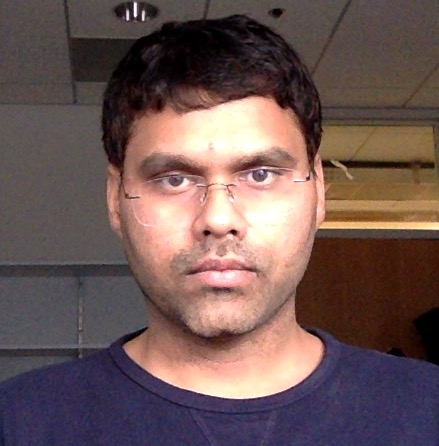Program Information
A Rapid Direct Method for Inverting Respiratory Deformation Fields
A Dubey1*, AS Iliopoulos1, X Sun1, FF Yin2, L Ren2 , (1) Duke University, Durham, NC, (4) Duke University Medical Center, Durham, NC
Presentations
SU-F-J-82 (Sunday, July 31, 2016) 3:00 PM - 6:00 PM Room: Exhibit Hall
Purpose:
To enable efficient and consistent registration
between source and target images, related by
nonlinear but periodic deformation, with particular focus on 4D CT
images.
Methods:
We present a non-iterative method for inverting forward (or backward)
deformation fields from a sequence of p CT images in a
respiratory cycle.
By exploiting the cyclic structure, the direct inversion method
effectively factors the inverse transformation between any two frames in
the respiratory sequence into no more than p forward (or backward)
transformations, which are available in the provided forward (or
backward) sequence.
Results:
The direct method, inspired by a fixed-point iteration method, is
compared to the iterative method with an analytical phantom and a XCAT
lung phantom. With the analytic phantom, the new method renders the
reversed deformation field in no more than p steps with satisfactory
accuracy (RMSE is below 1E-10, for example), while the iterative
method becomes slow, very slow or divergent under various conditions
such as large deformation. The direct method is efficient and with the
XCAT phantom as well. However, when interpolations are
spatial-resolution limited and by low-degree interpolant, the direct
method suffers from the introduced perturbation due to the lack of
self-correction capability. The direct method can be used as a
prediction step, making large deformation small and followed by
correction by an iterative method.
Conclusion:
A direct method is presented for inverting periodic motion fields with
high efficiency. When interpolation is resolution limited, the method
can be used in combination with an iterative method, especially, for the
case where the deformation is large and the iterative method may not
converge.
Funding Support, Disclosures, and Conflict of Interest: NIH Grant No: R01-184173
Contact Email:

